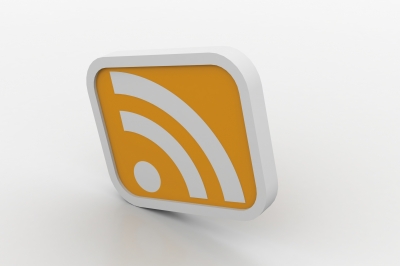
Image: Graur Codrin
What makes content shareable?
A key outcome of social media engagement is amplification of messages – that is, broadening reach and getting your name / brand / message / expertise in front of a potentially huge audience. Critical if you’re building a brand, marketing with a specific message or building awareness of a particular cause.
Whether or not something goes viral is a tough one to predict (and can look pretty try hard if it fails), but what we can control is the shareability of our content or assets, and optimise them for sharing and WOM (word-of-mouth).
We have numerous examples of shared content gaining viral status in the consumer field (Old Spice, Tippex Shoot the Bear etc) yet, as with many social media approaches, this can be harder to pull off in the B2B sphere. But not impossible.
What kind of assets are we talking about?
Video is almost synonymous with virality – not least because most end up on YouTube, the worlds 2nd largest search engine, and where they are most easily shared. However, with corporate firewalls sometimes making ubiquitous YouTube inaccessible, we need to think about about other assets, too – blog posts, data charts, guides, infographics, reports, images, statistic sets, apps, tools and animations.
Assets are in their very nature of some value, whether informative, humourous or simply useful. But that in itself does not necessarily make them shareable. So what does?
Making assets shareable
When you think about stuff you’ve shared online recently, whether via a Twitter retweet, a link on Facebook or LinkedIn, or even an old-school attachment on an email, what made you share it?
Most likely was that it provoked some kind of emotional response. It fulfilled some kind of need that you recognised others may also have. That asset might have:
- Made you laugh
- Taught you something you didn’t know
- Presented information in a brilliant way
- Made your life easier
- Applied to something happening in the world right now
- Reminded you of something important
- Provided inspiration
- Surprised you with stand-out statistics
- Made you feel good (happiness, belonging, nostalgia)
- Made your life in some way better
It’s these emotional responses that make us want to share, and it’s sharing that creates virality. Get people to share en-masse, with passion and with those who have reach, and you win.
B2B virality
To achieve some sense of virality in the B2B sphere, you obviously need to make content shareable, but you also need to think along slightly different lines. Buying cycles in B2B are fundamentally different. After all, even if you could get 100, 000 views of your video on YouTube, does that get you closer to closing a consulting deal or software sale? Not necessarily. The measures are different, and in recognising that we can identify meaningful ways to make content shareable in the B2B world:
Relevance: Is the content relevant beyond a niche market or specific management layer? (although niche can work too)
Promise: Does your asset promise something new and valuable? People do not share same old, same old. It’s bad for our street cred.
Human factor: Will sharing this make you feel good, look good, be seen as forward-thinking, help you connect to someone? Ben the Bodyguard is a really handy service in an essentially dull field (online security) but a cutting-edge website and sharp humour made it eminently shareable and created huge buzz before launch. In B2B humour needs to be smart. Would a professional share this with another professional without crossing boundaries?
Usability: Is the asset in a format that’s easily shared? A quick download or view, a link which requires no sign up to view, a platform that can deal with high volumes. But think in terms of parameters too. Banned platforms, over-large attachments and links that don’s specify where you’re directed can leave the asset dead in the water.
What people share in b2b, with a few examples:
– Validated facts and stats (quote the sources!)
– Killer quotes and soundbites
– Methodologies, analysis and hypothesis (like Gartner’s Technology Hype Cycle)
– Diagrams and process models (such as B Solis’ Conversation Prism)
– Hot off the press content that’s totally new – there’s kudos in being the first with breaking news
– Great apps, services and tools
– Reports, surveys and points of view
– How to guides (we did our own very successful Twitter clients guide)
– Insightful interviews (TED’s YouTube channel has seen over 58 million upload views to date)
– Games and challenges (Sage did this very effectively within LinkedIn a few years ago)
Virality for B2Bs is completely achievable, but to make it work we must first realise that consumer virality and B2B virality are two different beasts. The B2B world has a whole set of nuances, expectations, parameters and behaviours to navigate. It’s hard to benchmark the two – measures will be different, as will outcomes.
Thanks to Graeme Fraser for his help with the Sage example.
Kate Spiers is Director at Wisdom London, an integrated communications agency with a track record in supporting B2B communication.









